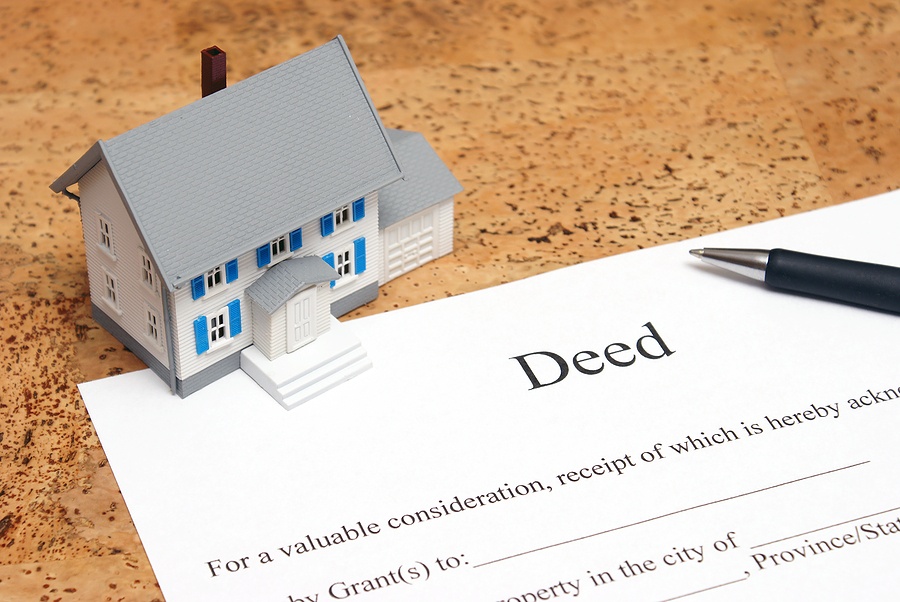Purchasing a new property is great and exciting. It should be. What isn't exciting is the "unknown" property tax bill that awaits. Understanding the tax possibilities due to the Transfer of Ownership (and uncapping event that follows) will help property owners & investors prepare for unexpected.
Uncapping Event, It Happens the Year After the Sale
In Michigan, taxable value is half of the equation that determines your annual tax burden, and the only piece you can really impact. Taxable value is "capped" during the life of ownership for all properties. This means that regardless of what the SEV or State Equalized Value does, the Taxable Value can only increase by the CPI or 5% (consumer price index), whichever is less each year. If a transfer of ownership occurs, the capped taxable value that the previous owner enjoyed, becomes uncapped in the year following the sale. If you purchase a property November 6, 2016, the taxable value for your new property will uncap in 2017 and increase to the 2017 State Equalized Value (SEV).
The Year After the Sale - What Your Taxes Can Do
Many times, a property owner or a Realtor will estimate the future annual property tax burden based on the current taxable value. This is what causes a surprise when the first tax bill arrives reflecting the new capped taxable value. For example, if the 2016 taxable value is $100,000, and the State Equalized Value is $130,000, the 2016 taxes are based on a taxable value of $100,000. If the millage rate is 35 mills, this would be $100,000 x .035 = $3,500. If the SEV for 2017 stays flat at $130,000, the 2017 taxable value uncaps and increases to $130,000- due to the uncapping the year after the sale. The new 2017 taxable value at $130,000 x .035 = $4,550. Your annual property tax burden is + 30% higher than anticipated.
How to Estimate Your Recapped Taxable Value
State Equalized Value’s fluctuate every year based on the market data (see my previous post on SEV’s and what they are). It’s impossible to know exactly what your new Taxable Value will be. But, you can assume the current SEV for your new property is a good baseline for next year’s Taxable Value. I would suggest looking at how much the SEV has increased over the last 2 tax years, and bracketing a potential new SEV by applying high & low factor to this year’s SEV… For example, you might say a + 5% increase would be low, and a 10% increase would be high. Then calculate your annual tax burden by multiplying the millage rate by the low and high SEV’s you have generated.
Setting your expectations will minimize the pain of receiving a high tax bill. Property taxes are a necessary cost, but a cost that can be understood.



